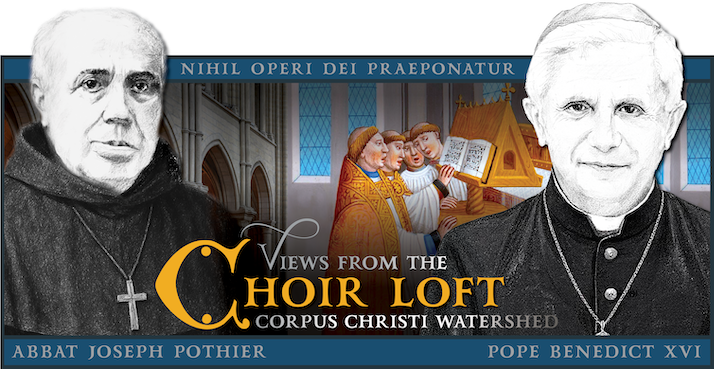 HINK ABOUT SOMEONE you consider a really good friend. Usually, it’s somebody who listens when you speak. Readers will probably agree not many know how to listen when others talk. Most of the time, the other person—instead of listening—is thinking about what they’re going to say next. Growing up in Kansas, I knew a university professor named Dr. Thomas O’Connor. I always liked that man, and one day I ask myself why. I realized that Tom was someone who listened when others spoke. Part of reaching maturity is realizing there’s a time and a place to speak—and there’s a time and a place to remain silent.
HINK ABOUT SOMEONE you consider a really good friend. Usually, it’s somebody who listens when you speak. Readers will probably agree not many know how to listen when others talk. Most of the time, the other person—instead of listening—is thinking about what they’re going to say next. Growing up in Kansas, I knew a university professor named Dr. Thomas O’Connor. I always liked that man, and one day I ask myself why. I realized that Tom was someone who listened when others spoke. Part of reaching maturity is realizing there’s a time and a place to speak—and there’s a time and a place to remain silent.
Remaining Silent • Much could be said about the special permission the Jesuit missionaries in North America received allowing the Native Americans to sing the Ordinary of the Mass (!) in their vernacular languages. In the past, we have made reference to the astounding plainsong books printed in Iroquois, Algonquin, and other Native American languages. Much could be said about the efforts undertaken by the Jesuits to learn the languages of the various tribes. Much research still needs to be done regarding all these themes. But the time is not now.
Brief Overview • For a brief introduction, please watch this film (which I helped produce). I recorded the organ music in the background, so don’t say anything bad about it.
Here’s the direct URL link.
![]()
Please Don’t Tell Anyone! • We don’t know that much about the various Native American languages. For example, Father Noël Chabanel was a brilliant rhetorician and poet, yet struggled mightily to learn the Huron tongue. The missionaries—without translators—were able to communicate with the Hurons, Iroquois, Algonquins, Petuns, Neutrals, and many other tribes. But I have not been able to learn how this was possible. Some claim that Algonquin was a type of lingua franca, but there are problems with that theory. Making things even more complicated is the fact that the Huron race was exterminated hundreds of years ago, although they have descendants called “Wyandot.” In any event, I will let you in on a little secret. The video above does display Native American plainsong, but it’s not actually the Huron tongue. Several examples are in Algonquin and several are in Iroquois. Please Don’t Tell Anyone!
![]()
